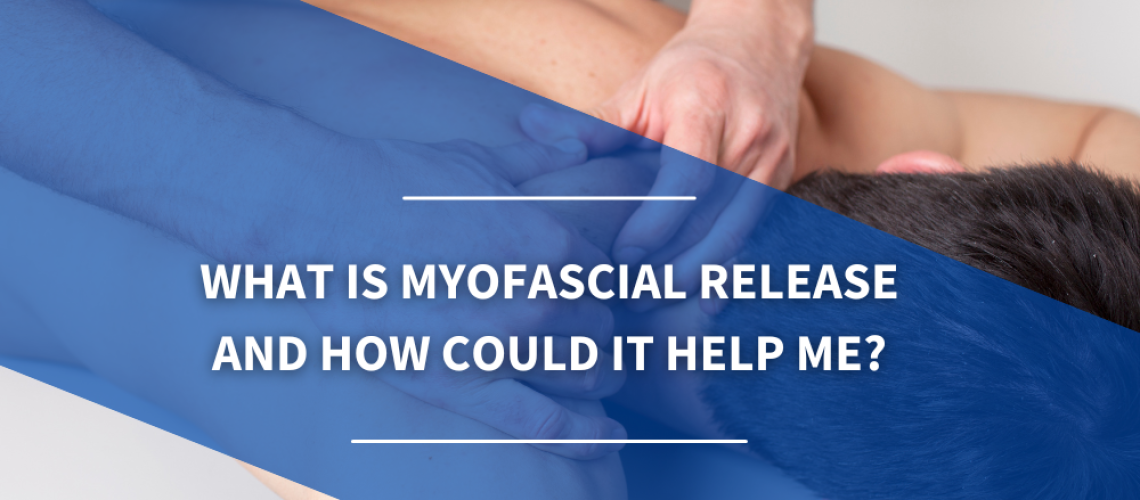
If you’re looking for a treatment that can get to the root of your pain or discomfort without involving medication or surgery, read on.
What does “myofascial” mean?
The best place to start is with a definition of the word “myofascial” to help you understand how the therapy works.
“Myo” refers to the muscles, and “fascial” to the fascia. This is the connective tissue that surrounds and supports the muscles (as well as your organs, blood vessels, nerve fibres and bones).
The fascia is like a web that connects each and every part of your body. So, if there’s a problem with the fascia in one area, it can cause pain or discomfort in other parts of the body.
For example, you might have an injury that causes the fascia, which is usually strong and flexible, to tense up. This can have a knock-on effect in other areas, causing pain, tension, weakness or immobility.
As the name suggests, myofascial release focuses on relieving stress in the fascia, which can help with pain and discomfort in other parts of the body.
Does myofascial release work, and what is it good for?
Myofascial release is a safe and effective therapy and is one of the treatments used in manual osteopathy.
Research tells us that myofascial release works well for a range of conditions. For example, one study (1) that looked at the effect of myofascial release on pain and stiffness in breast cancer survivors found “a substantial improvement” in posture and muscle strength.
These are some of the conditions that myofascial release can help with:
- Myofascial pain syndrome: A chronic (long-term) condition that involves inflammation in the muscles and the fascia surrounding them.
- Low back pain: This can occur when your muscles and tendons are strained or injured.
- Temporomandibular joint disorder (TMJD): TMJD refers to problems arising from the joints that connect your jaw to your skull, including sore muscles in the face.
- Fibromyalgia: Another chronic condition that causes joint and muscle pain.
- Scarring from surgery; for example, after breast cancer surgery. This can cause stiffness, pain and a loss of mobility in the shoulders and arms.
What happens at a myofascial therapy session?
When you go to see your local manual osteopath for a myofascial therapy session, they will start by taking your medical history and asking you questions about your current issue.
This will help them formulate a treatment plan that best suits your unique needs.
Your osteopath will feel for areas in your fascial tissues that feel tense — these are sometimes known as knots or trigger points.
They will then apply gentle pressure to lengthen the fascia and relieve tension.
Once you’ve had your course of myofascial therapy, you should feel a reduction in your pain levels, increased mobility and a feeling of well-being.
Feel the tension melt away with myofascial therapy
Myofascial therapy is an effective and safe choice that’s suitable for many different conditions.
Come along and see us at Osteo Health Calgary to benefit from this non-invasive treatment.
Call us at 403-814-0404 or book an appointment online at osteohealthcalgary.janeapp.com
Know that we provide a wide range of manual osteopathy services, including myofascial therapy, craniosacral therapy, laser therapy and more. Call us today as your first step to feeling the tension melt away!
Approved by Indira Ravaeva. Manual Osteopath. Member of National Manual Osteopathic Society and Osteopathy Australia.
References
- 1. Srinivas Rao, M, Pattanshetty, R. ‘Effect of myofascial release, stretching, and strengthening on upper torso posture, spinal curvatures, range of motion, strength, shoulder pain and disability, and quality of life in breast cancer survivors,’ Physiotherapy Research International, 2022 Apr;27(2):e1939. doi: 10.1002/pri.1939. Epub 2022 Jan 19.

